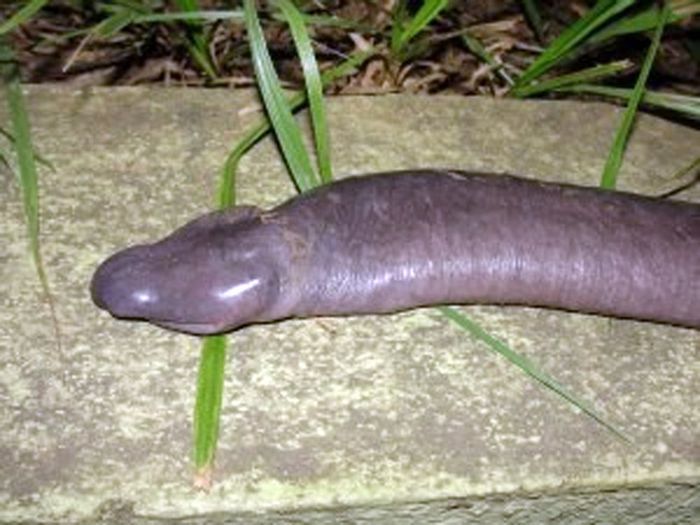|
|
Atretochoana Eiselti
|
History
The specimen in the Vienna Museum was known only to have originated from somewhere in South America, at least before 1945, most likely in the nineteenth century. Its lack of lungs was not known at this time, and the specimen was assigned to the species Typhlonectes compressicauda. The Vienna specimen was the holotype for this species when it was first described by Edward Harrison Taylor in his 1968 monograph Caecilians of the World. He named it Typhlonectes eiselti, in honour of Viennese herpetologist Josef Eiselt. Taylor considered it to be similar to the aquatic caecilians of the genus Typhlonectes and Potomotyphlus and placed it in the former genus, taking much note only of its large size and high number of splenial teeth.
Taylor did not inform the curators of the Naturhistorisches Museum that he designated the specimen a holotype, so it was not mentioned in the museum's catalogue of type specimens, and was placed beneath glass in a public display. There it was noticed by the visiting English herpetologist Mark Wilkinson, who then borrowed the specimen to examine it with his American colleaugue Ronald A. Nussbaum. Examination of the specimen showed it to have a number of unusual features, including the large number of splenial teeth observed by Taylor, but most unusually, closed choanae, which showed it could not fill any lungs it might have.
|
|









